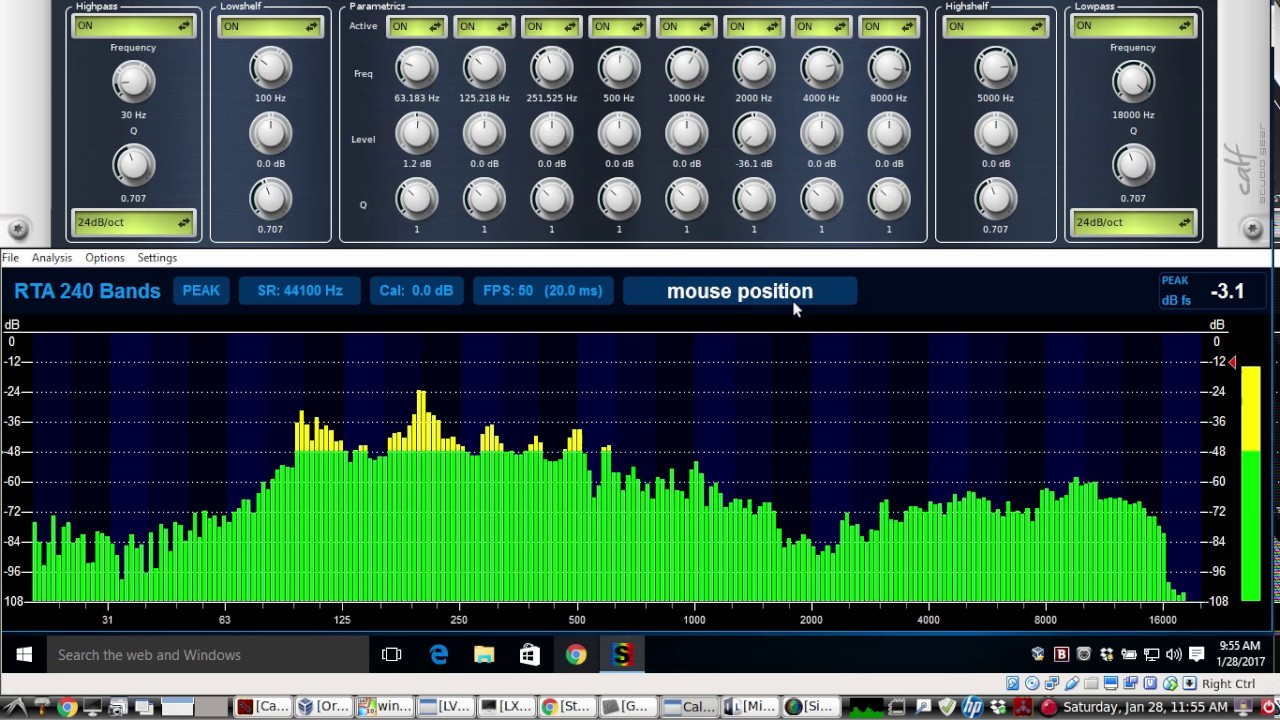

These constraints include limited pipeline or trucking capacity and restrictions on the volume of jet fuel that can be moved from the terminal to consumers, particularly those at more remote destinations. It can find broken links and redirects and show details information all internal and outgoing links including line numbers, anchor.

Recent news articles report that transportation constraints are limiting the amount of jet fuel going from primary inventories to airports and other points of consumption in the western regions (the Rocky Mountains and West Coast). A1 Website Analyzer is a web site content and SEO analysis tool. Inventory levels in the East Coast region (PADD 1), Midwest region (PADD 2), and Gulf Coast region (PADD 3) have been increasing and are near or above their five-year highs. Jet fuel inventory levels in the Rocky Mountain region (PADD 4) and the West Coast region (PADD 5) have been decreasing and are near their previous five-year averages. The higher-than-average inventories vary, depending on the region. Along with increased production, relatively less jet fuel has been withdrawn from inventory since May 2021, which has contributed to increased jet fuel inventory. No expensive sales pitches just honest answers and solutions to your concrete foundation problems. Call today and speak directly to the owner. Owner operated by Nick Chaconas with the experience of repairing 1000’s of cracks in concrete that allow water and moisture into your basement or crawlspace.
#A1 WEBSITE ANALYZER CRACK CRACK#
In addition, on July 23, the combined total gasoline inventory was down 0.6%, and the combined total distillate fuel oil inventory was 6.8% below the five-year combined average. A1 Crack Repair has been repairing cracks in concrete walls and foundations since 1985. jet fuel inventory was 9.9% higher than the five-year (2016–2020) combined average. Increased jet fuel production and lower product supplied have contributed to rising inventories. As of July 23, jet fuel product supplied was 14.8% lower than the pre-pandemic five-year average. We often use product supplied to measure jet fuel demand product supplied reflects withdrawals of jet fuel from the primary supply chain rather than actual consumption. refinery runs have increased by nearly 6% (855,000 barrels per day), and refinery jet fuel production has increased by nearly 8% (102,000 barrels per day).Īlthough demand for jet fuel has grown from last year, current demand remains below the pre-pandemic five-year (2015–2019) average. Since the first week of May (ending May 7, 2021), U.S. Higher refinery runs have also resulted in increased jet fuel production. Strong demand for petroleum products produced along with jet fuel, particularly gasoline and diesel, has encouraged refineries to process more crude oil to produce those high-demand products. However, increased production of jet fuel has outpaced the higher demand, leading to higher-than-average jet fuel inventory levels. air travel since the beginning of 2021 has contributed to increased demand for kerosene-type jet fuel in the United States. Energy Information Administration, Weekly Petroleum Status Report


 0 kommentar(er)
0 kommentar(er)
